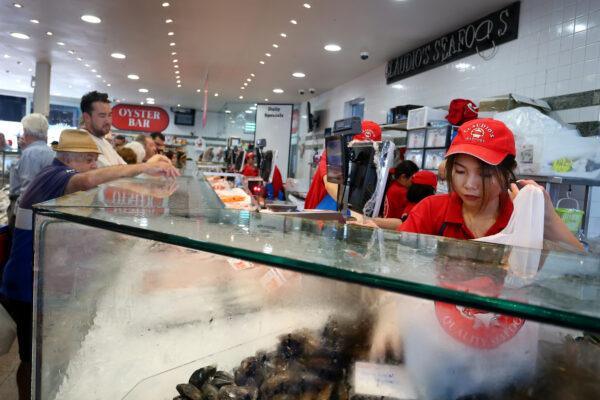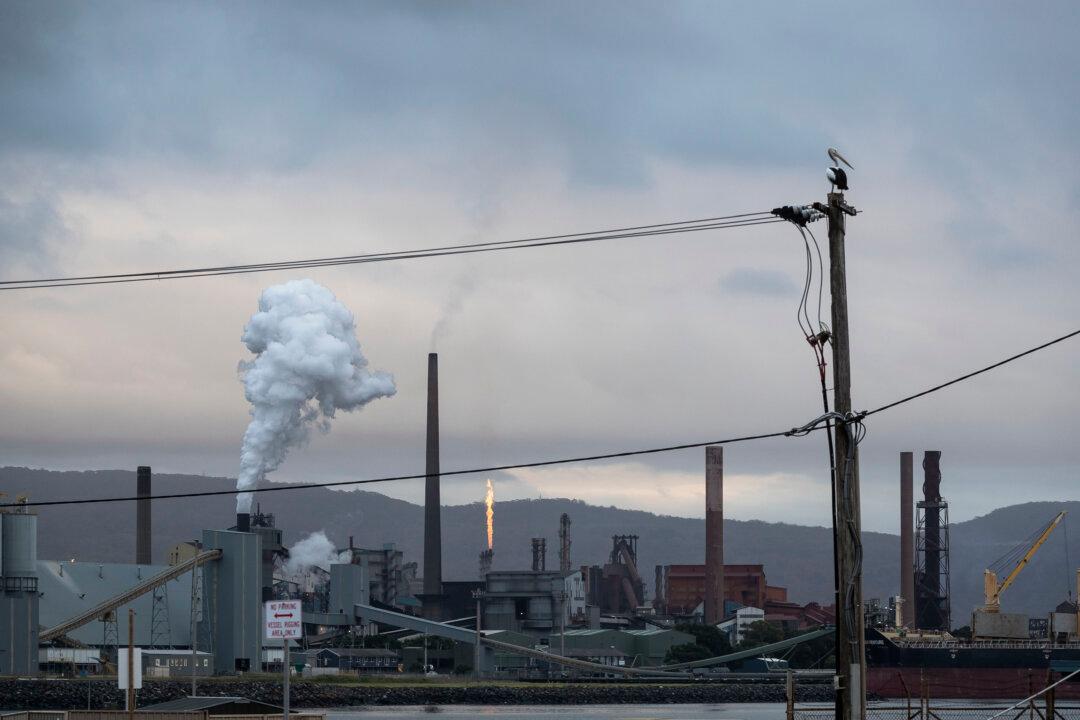Nearly one in three Australian businesses is having trouble finding employees due to a low number of job applications and applicants’ lack of skills.
This was followed by education and training at 47 percent and administrative and support services at 43 percent.
Businesses cited insufficient job applications (79 percent) and applicants not having the necessary skills (59 percent) as the most common reasons for the lack of staff.
“This corresponds with the strengthening jobs market and current low unemployment rate,” ABS head of industry statistics Tom Joseph said.
It is noteworthy that small businesses were less likely to encounter difficulties finding staff than large and medium enterprises.
The National Australia Bank (NAB) consumer stress index increased to 56.4 points in the June quarter from 55.7 points in the three months to March. However, it was still lower than the 57.8 points recorded a year earlier and the survey average of 58.7 points.
Additionally, the study found that stress related to job security dropped to 41.4 points, hitting a four-year low.
Job Security Eases Living Cost Pressures

NAB’s personal banking group executive Rachel Slade said while some individuals might be under living cost pressures, many customers of the bank were in a good position.
“In fact, 70 per cent are ahead on their mortgage payments, giving them financial flexibility,” she said in comments obtained by AAP.
Furthermore, Slade noted that job security played a crucial role in reducing household stress, and the high employment rate helped calm people down.
“We are seeing many customers make their own adjustments–40 percent of Australians are now creating and following a budget, which is brilliant,” she said.
“While the pace of property price growth started to moderate, with falls in Sydney and Melbourne this quarter, other capital cities and regional areas rose, resulting in an overall rise in house prices of 1.9 per cent nationally,” ABS head of finance and wealth Katherine Keenan said.
Compared to the March quarter of 2020, when the COVID-19 pandemic first broke out, Australian household wealth surged by 35.3 percent.






Friends Read Free